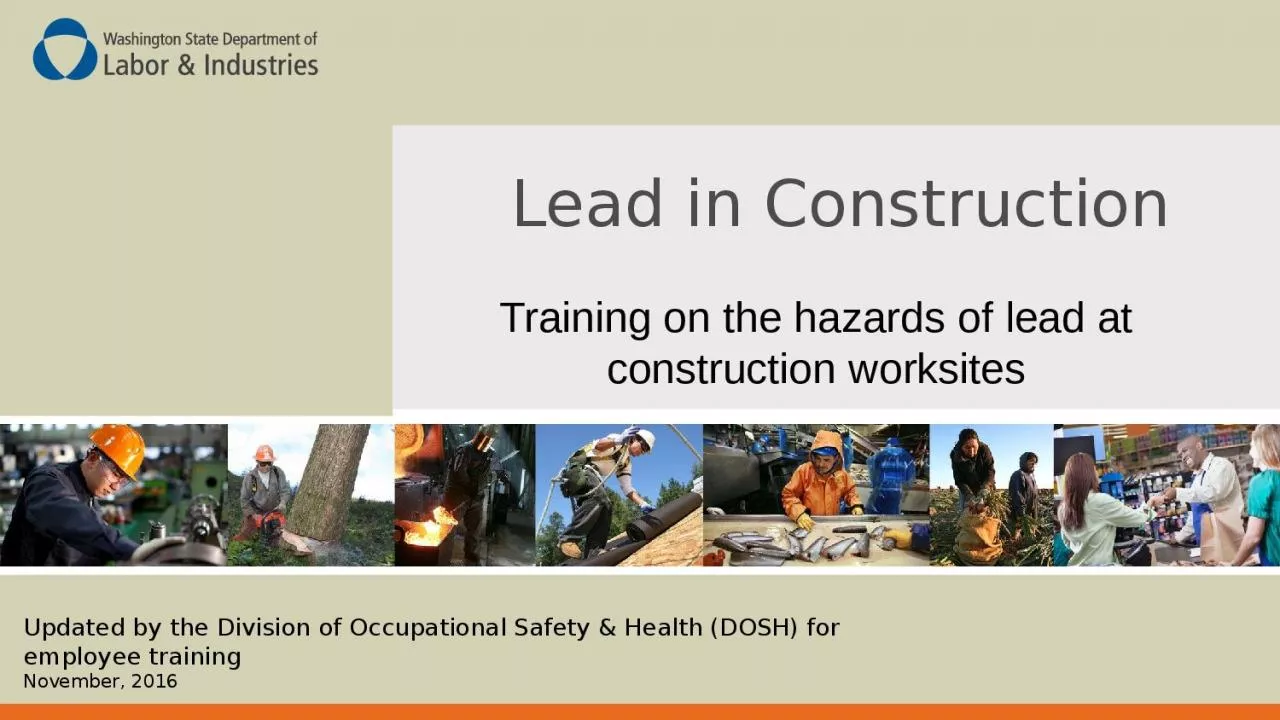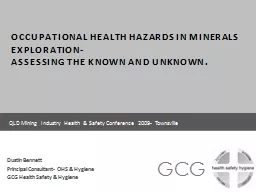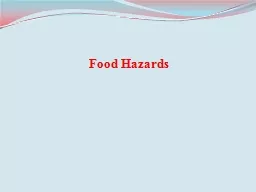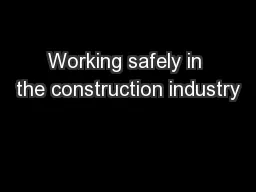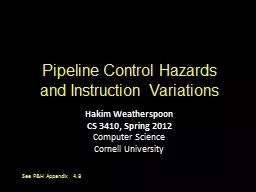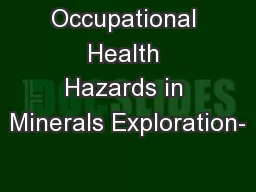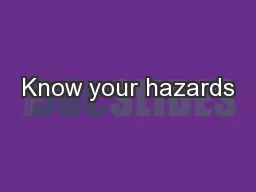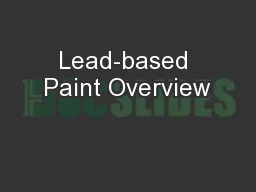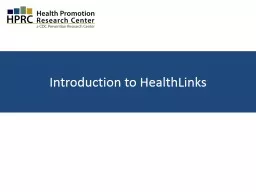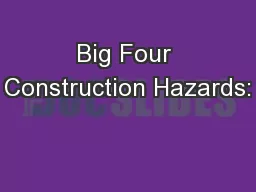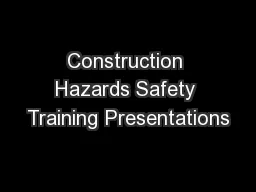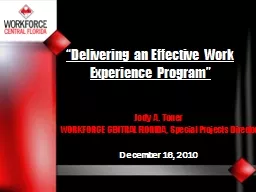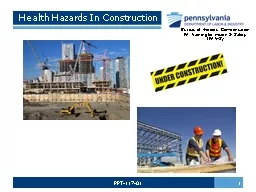PPT-Lead in Construction Training on the hazards of lead at construction worksites
Author : RockinOut | Published Date : 2022-08-04
Updated by the Division of Occupational Safety amp Health DOSH for employee training November 2016 Lead in Construction We will cover the following topics Health
Presentation Embed Code
Download Presentation
Download Presentation The PPT/PDF document "Lead in Construction Training on the haz..." is the property of its rightful owner. Permission is granted to download and print the materials on this website for personal, non-commercial use only, and to display it on your personal computer provided you do not modify the materials and that you retain all copyright notices contained in the materials. By downloading content from our website, you accept the terms of this agreement.
Lead in Construction Training on the hazards of lead at construction worksites: Transcript
Download Rules Of Document
"Lead in Construction Training on the hazards of lead at construction worksites"The content belongs to its owner. You may download and print it for personal use, without modification, and keep all copyright notices. By downloading, you agree to these terms.
Related Documents

